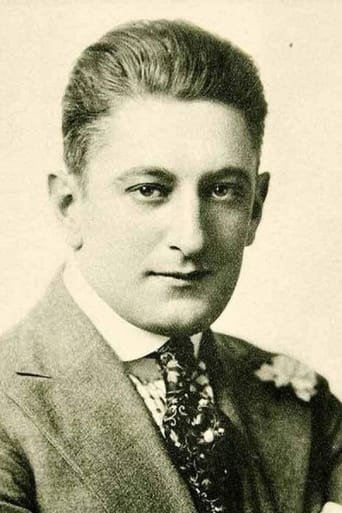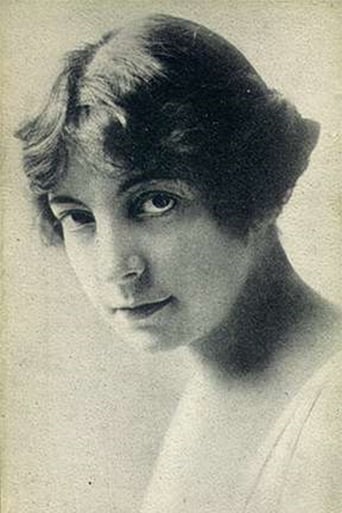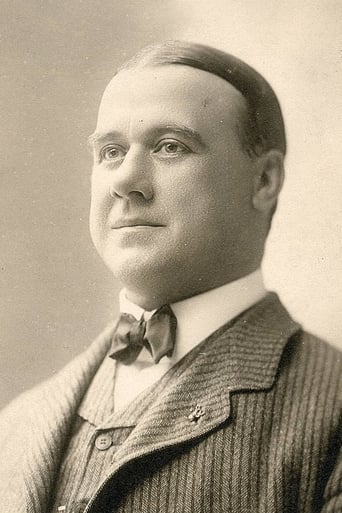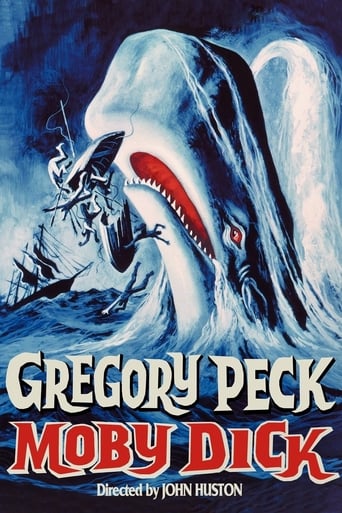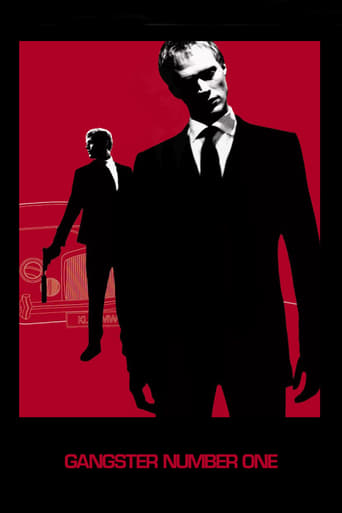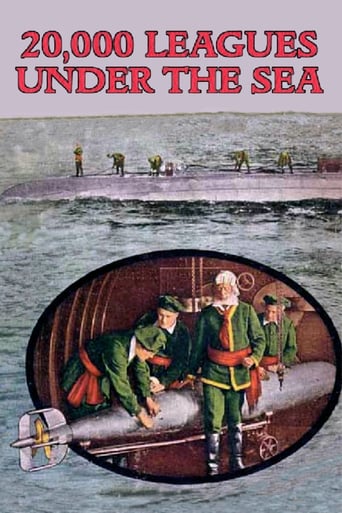
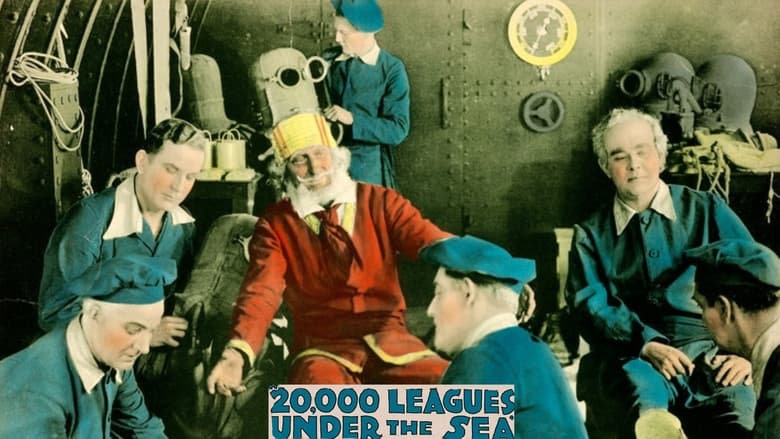
20,000 Leagues Under the Sea (1916)
Captain Nemo has built a fantastic submarine for his mission of revenge. He has traveled over 20,000 leagues in search of Charles Denver - a man who caused the death of Princess Daaker. Seeing what he had done, Denver took the daughter to his yacht and sailed away.
Watch Trailer
Cast


Similar titles
Reviews
Simply A Masterpiece
Just perfect...
Great Film overall
best movie i've ever seen.
A remarkably lavish production that seems not content with merely filming Jules Verne's 1870 novel but for good measure also throws in his later novel 'L'Île Mystérieuse' and a concluding flashback that - as the subtitles themselves admit - owes nothing to Verne but must have made an already expensive production needlessly extravagant (Universal's Carl Laemmle took a bath - if you'll pardon the expression - on the reported $500,000 he spent on it).The most remarkable aspect of the film is the pioneering underwater photography supervised by the brothers Ernest & George Williamson (some of it shot in the Bahamas) depicting the view from Captain Nemo's famous picture window, the camera lingering lovingly on strikingly modern-looking actuality footage of coral reefs and shoals of fish. When Nemo's crew get into their diving suits there is then remarkable footage of them interacting with actual sharks; although the realism abruptly evaporates in a later scene involving an extremely phony looking octopus.The film's makers quickly lose interest in a straight adaptation of Verne's novel at this point, and the action transfers to a mysterious desert island whose one human inhabitant is initially a boisterous 'child of nature' played by Jane Gail in dusky body makeup, who jauntily trades in her cheetah skin sarong for a fetching combination of blouse and trousers provided by one of the visitors. (Quite a few adventure films from this period that I've seen have put the leading lady in trousers.) Nemo, alias Daaker, turns out to have been an Indian prince in a previous life, and Miss Gail turns out to be his daughter, as is explained in a flashback thrown in climaxing in a native uprising. The film had at this point seemed to be drawing to its conclusion; which makes the insertion of this very expensive looking sequence reportedly featuring almost 2,000 extras all the more bewildering.The extraordinary underwater footage aside, the handsome and atmospheric look of the rest of the film probably owes more to the photography of Eugene Gaudio (whose elder brother Tony's long career at Warner Bros. included 'The Adventures of Robin Hood') than to the rather perfunctory direction of Stuart Paton, who should have told Allen Holubar as Nemo and the unidentified actress playing his late wife not to wave their arms around so much. Other reviewers have commented on the resemblance of the uniform worn by Captain Nemo and his crew to the one traditionally worn by Santa Claus.
I have played the piano to accompany silent movies for many years. I first saw this movie at the USO at the NATO base at Keflavik, Iceland. For this movie I chose a selection of music by Albert W. Ketelby, like "In a Persian Market", "Algerian Scene", and "By the Blue Hawaiian Waters". Incidentally, Mr. Ketelby actually wrote original orchestral accompaniments for silent movies, and still was writing music for movies as the mid-20th century epic "Stagecoach".This one had lots of cues for sound effects, including the sounding of a gong when the plot calls for "a revelation". Friends of mine and I borrowed a 3 foot diameter Chinese gong from the elementary school on the NATO base. When the cue arrived, I reached back with the padded mallet and hit the gong.A man, being obviously drunk and unsteady on his feet, stood up, turned and faced the back of the small auditorium, pointed an index finger at our projectionist, and said, "Don't ever do that again!" Then he tottered out of the auditorium, to vanish into the Midnight Sun. The Midnight Sun was the name of the restaurant/club/dance hall/casino for enlisted personnel on the base.At the USO showing of this film in an 8mm format from Blackhawk Films, the projectionist (who also owned the film) decided to skip reel 3 (there were 5 reels), which contained some 20 minutes of underwater photography. "The film is long enough; let's get through to the finish."Our projectionist's opinion of this movie can be summed up as "abysmal". It is something you acknowledge in a filmography, because it exists, but other than that, you advise people to see it once (for the underwater photography), and let it go at that.
Flat-footed direction by highly-regarded-in-his-day Stuart Paton, plus a cast of unimpressive nonentities, plus a huge amount of boringly repetitive underseas footage (which no doubt seemed far more novel and fascinating back in 1916), this movie is further burdened by poor acting particularly from Captain Nemo's Allen Holubar (an actor/writer/director with an extensive array of credits who died at the young age of 35 in 1923). Mind you, Holubar's make-up is poor and he is obviously receiving very little (if any) guidance from director Paton. Also something of a dead loss is Professor Aronnax as played by Dan Hanlon in his final of three movie roles. (Don't know what profession he moved into, or any other details at all, except that he died in 1951). The movie is reputed to have cost Universal a staggering $200,000, of which the studio recovered less than half on its initial domestic release. Fortunately, the movie was more popular in Europe. Available on a superb, full-length (104 minutes), multi-tinted DVD from Grapevine Video.
This is the first adaptation of 20000 Leagues Under the Sea as Melies 1907 eponymous short film only shares with Verne's book a submarine called Nautilus. The film does not follow strictly Jules Verne's two books. The two main differences are that the end of 20000 Leagues Under the Sea is omitted, i.e. when the Nautilus disappears in the Maelstrom off the coast of Norway, and that two characters are added, Nemo's daughter and the evil Denver. Quite strangely, an inter-title informs the viewer towards the end of the film "Captain Nemo reveals the secret of his life, which Jules Verne never told" when the script actually follows quite closely The Mysterious Island, in particular with the revelation that Nemo is an Indian Prince whose family was massacred by the British. This is the first film featuring under sea filming thanks to watertight tubes and mirrors allowing the camera to shoot reflected images. This allows quite spectacular (for the time) views of corrals, wrecks, sharks and actors in scuba diving suits. The filming on location on New Providence Island and the use of real sailing boats, of a full-size navigable mock-up of the Nautilus, and of large sets and exotic costumes gives authenticity to the action. The film uses quite an elaborate narrative with cross-cutting between the parallel actions of Nemo, Lt. Bond and Denver, leading to their meeting on Mysterious Island. The chronological development is interrupted by flashbacks for the actions which took place in India many years before. http://a-cinema-history.blogspot.be/2013/11


